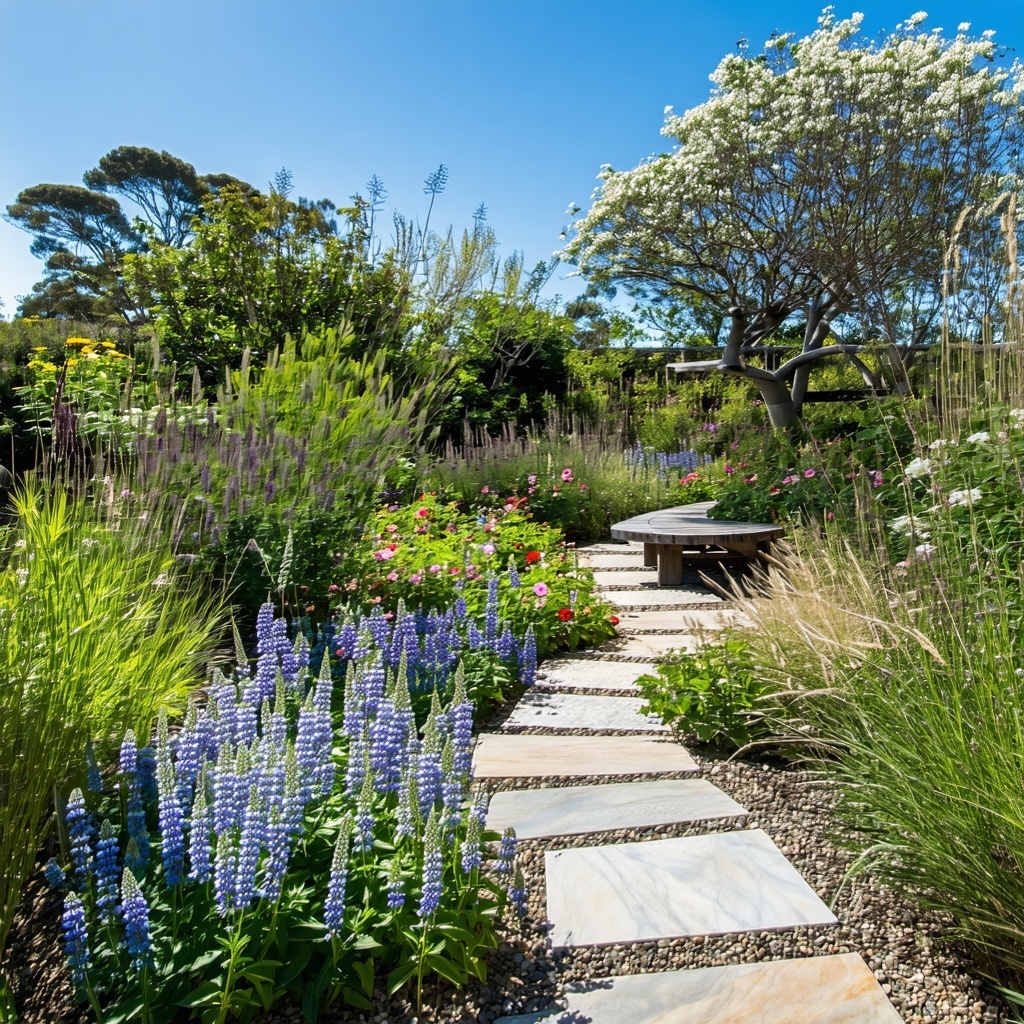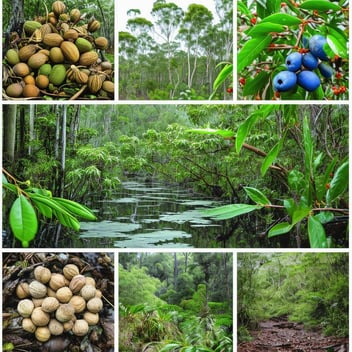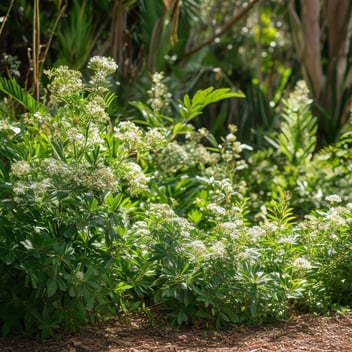Creating a Healing Garden with Native Plants
Introduction
In an era where urbanization often distances us from nature, cultivating a healing garden with native plants offers a sanctuary for rejuvenation and reflection. These gardens, rooted in local ecology, not only provide therapeutic benefits but also foster biodiversity and environmental resilience.
Understanding Healing Gardens
A healing garden is a thoughtfully designed space that promotes physical, emotional, and spiritual well-being. Incorporating native plants enhances this experience by ensuring harmony with the local environment, requiring less maintenance, and supporting indigenous wildlife.
Benefits of Using Native Plants
Ecological Harmony
Native plants are adapted to local soil, climate, and pests, reducing the need for chemical interventions and excessive watering. This alignment with the environment fosters a sustainable and low-maintenance garden.
Biodiversity Support
By providing habitat and food sources for local fauna, native plants support pollinators, birds, and beneficial insects, contributing to a balanced ecosystem.
Cultural Connection
Utilizing native flora connects gardeners to the region's natural heritage and, in many cases, to the traditional knowledge of Indigenous communities who have long understood these plants' healing properties.
Designing Your Healing Garden
Site Selection
Choose a location that offers tranquility and accessibility. Consider factors like sunlight, soil type, and drainage to ensure the chosen native plants will thrive.
Plant Selection
Research local native plants known for their medicinal or aromatic qualities. For example, in Australia, the Lemon Myrtle (Backhousia citriodora) is renowned for its calming scent and antimicrobial properties.
Sensory Elements
Incorporate plants that engage all senses:
-
Sight: Colorful blooms like the Native Violet (Viola hederacea)
-
Smell: Fragrant herbs such as Native Mint (Mentha australis)
-
Touch: Soft foliage like the Woolly Bush (Adenanthos sericeus)
-
Sound: Grasses that rustle in the breeze
-
Taste: Edible plants like the Finger Lime (Citrus australasica)
Pathways and Seating
Design meandering paths to encourage slow walks and contemplation. Include seating areas for rest and meditation, using natural materials to maintain harmony with the environment.
Maintenance and Sustainability
Regularly monitor plant health, removing invasive species and replenishing mulch to retain soil moisture. Embrace organic practices to maintain the garden's ecological balance.
Engaging with Community and Tradition
Collaborate with local Indigenous groups to learn about traditional uses of native plants, ensuring cultural sensitivity and respect. Community involvement can also foster shared stewardship and educational opportunities.
Conclusion
Creating a healing garden with native plants is a journey toward personal well-being and environmental stewardship. By embracing local flora, we cultivate spaces that heal both the individual and the ecosystem, nurturing a deeper connection to the land and its rich heritage.




